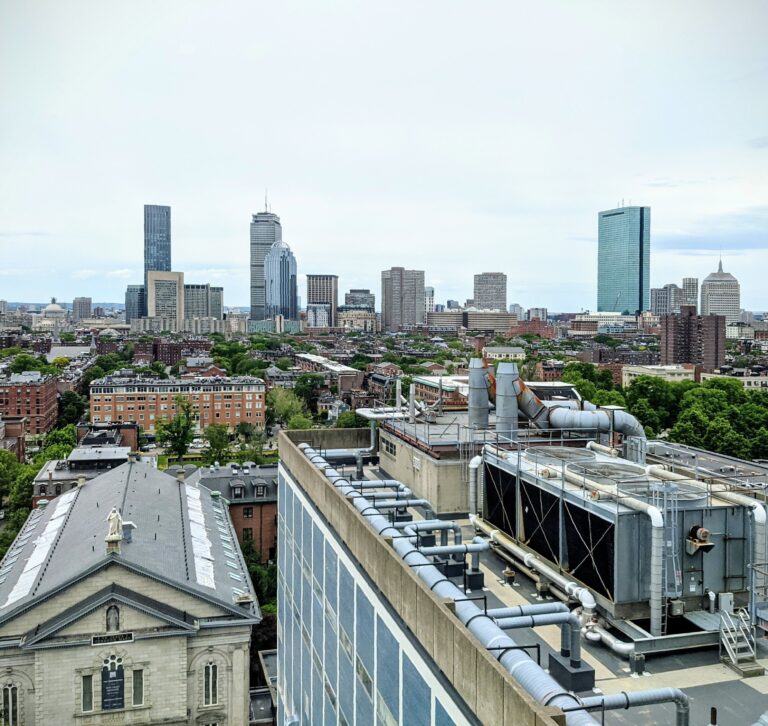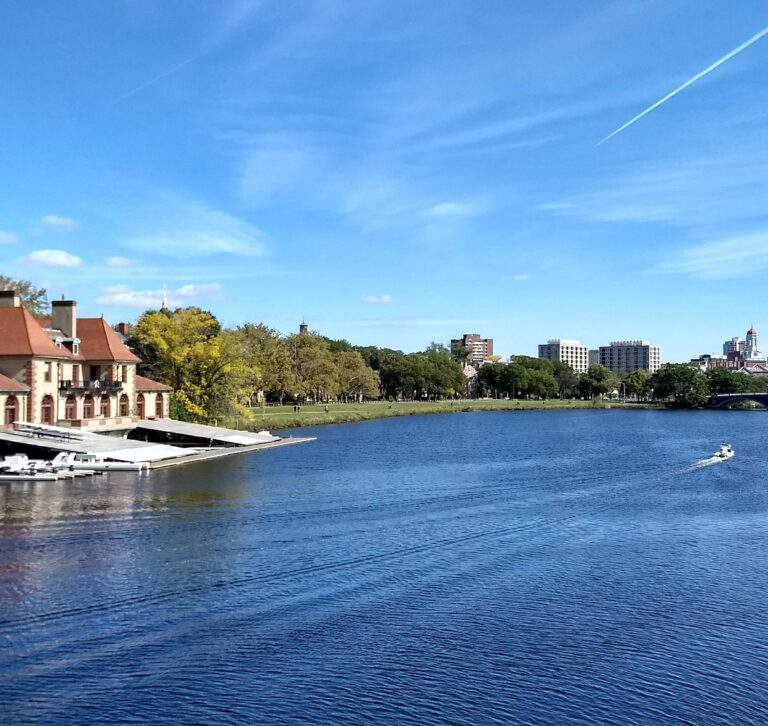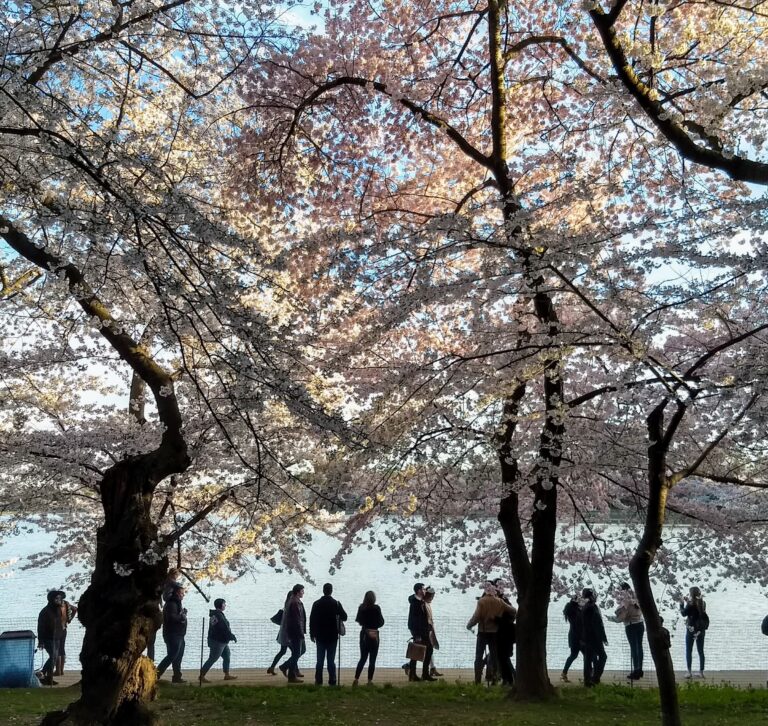Moving to Boston to start working on campus
I’ve been working in edtech at BU for the past six months, having started remotely last January. Exactly five years after I arrived in DC, on the 4th of July, I moved to Boston. Three days later my office ID was activated and I sat at my work desk for the first time.
Like many higher ed institutions, BU called on its faculty, staff, and students (insert link) to return to campus this fall semester. Faculty and staff at the medical campus where I work meanwhile started to return this July. This could provide a preview into how offices might look like for Charles River Campus and perhaps other campuses as they open in a few months and as we emerge from the pandemic, barring any pockets of outbreak.
As a university staff member who started my job remotely, I may not have a full idea of how the “before times” looked like in my new workplace. Despite this, as I and the rest of our department’s staff prepared to report to work in-person, we’ve met to discuss and anticipate anxieties and adjustments in our shared work space. Our instructional technologists, in fact, have been coming to work since July 2020 to provide on site tech support to faculty in classrooms and conference rooms. Implementing social distancing back then was more manageable with fewer staff coming to work and working in shifts.
There are no in-person meetings yet as some faculty and staff are still working remotely, or at least not yet ready to meet in-person. Thus, Zoom is still the default mode of communication. And in our shared workspace, hearing my colleagues’ voices live and then on my earphones a microsecond later is slightly off-putting. Meanwhile, in other virtual meetings, my mic can pick up conversations happening around me. On the flipside, I hear my colleagues’ Zoom conversations while I’m trying to focus on my work. On my second week, one colleague I’ve only met on Zoom called out my name to say hi, and because she only saw my back, she did not notice I was actually on a Zoom call. I just waved at her, and pointed to my computer screen filled with faces and names in rectangular boxes.
In a Zoom meeting, we thought about ways to address these missteps and inconveniences by setting new norms in shared spaces. One colleague suggested putting up red Post-its or cups, like an analog “On Air” sign to minimize distractions. But this does not solve the noise leakage from others and me. Another potential solution is to conduct the Zoom calls/online trainings in an empty conference room or private booth like those found in co-working spaces. This presupposes working on a laptop that’s portable to use from one workspace to another. Fortunately, trainings I’ve conducted have coincided with my work from home schedule.
It’s my first time to wear masks indoors for an extended period of time, and breathing is unpleasant. To cope with this, I bring extra masks to replace it when it starts to feel grimy, and I take periodic breaks and step out of the building to get some fresh air – the pandemic version of a non-smoker’s cigarette break.
Because of the nature of my work, I’m somewhat privileged to have a hybrid work arrangement, from home on some days and in the office on others, a good balance that keeps my schedule interesting. Whether it’s the most efficient way to work is still a question that needs to be answered, considering most of my tasks are doable online, though this might change as more classes are held on campus. I technically work under the IT department, which has a longstanding remote work arrangement, and has since been reinforced by the President’s university-wide policy. At the moment, I have no fixed schedule, but for sure we (in my smaller team) will have a better sense of on-site support necessary as more faculty, staff, and students return to campus.
Looking beyond a few months or even weeks to what offices will be like is challenging. It seems for every proposal on new ways of working or office adaptation, there seems to be an equivalent and unintended difficulty or disruption. It’s a constant reminder that we are still in the middle of a pandemic, and that we shouldn’t let our guard down.
For many, returning to the office means dusting off keyboards and seeing familiar faces again. Having started work remotely, I feel a deja vu of sorts, that I’ve met my colleagues from somewhere. Amid mask mandates, weekly nasal swabs, and daily symptom attestations, whether coming back to campus after over a year or stepping in for the first time, everyone is trying their best to give our work and life a semblance of normalcy, even as we struggle to define what normal is.



